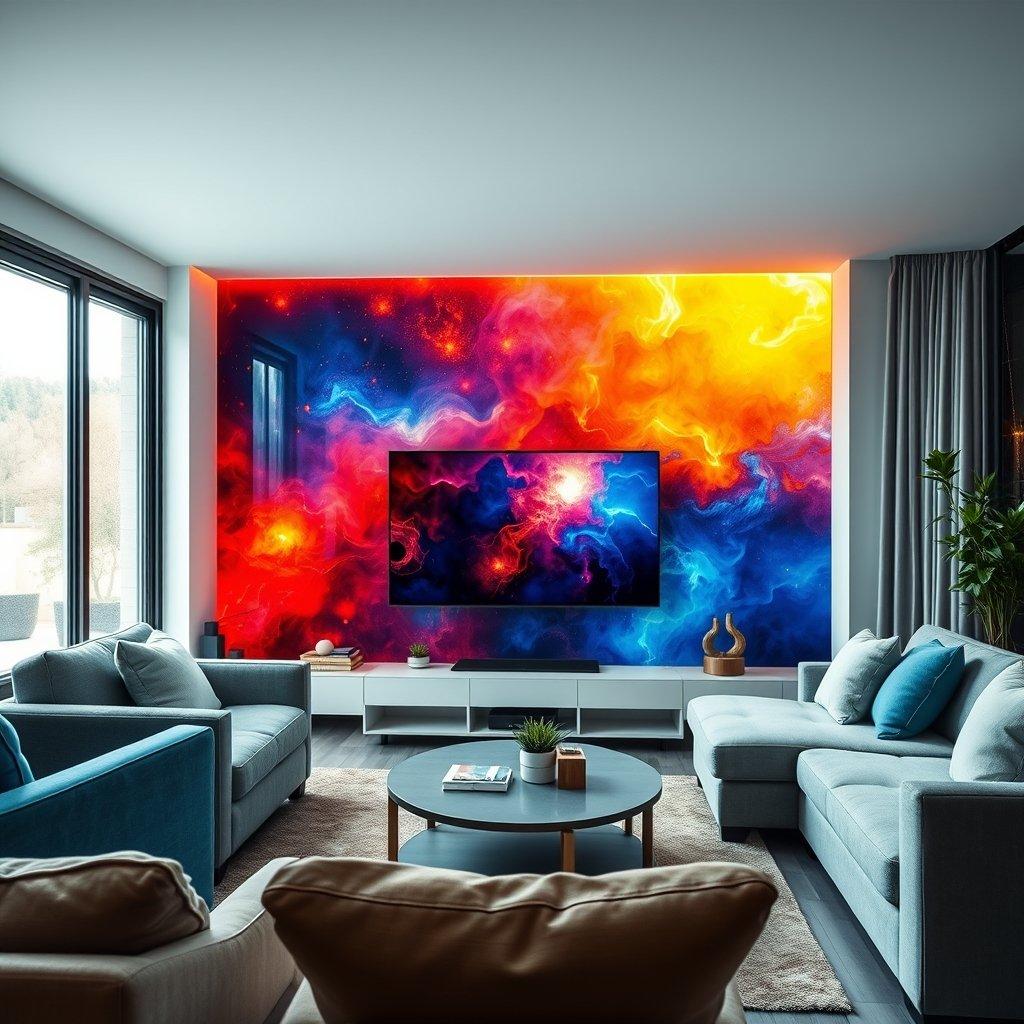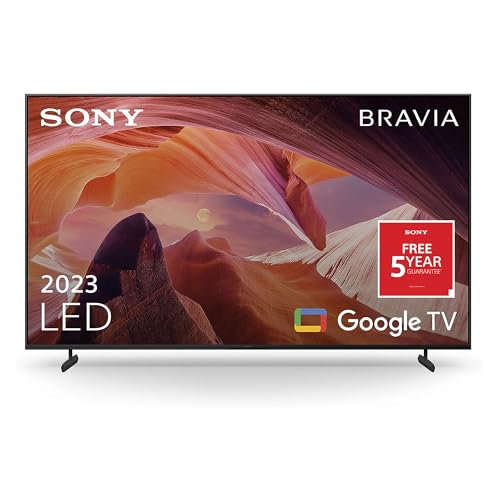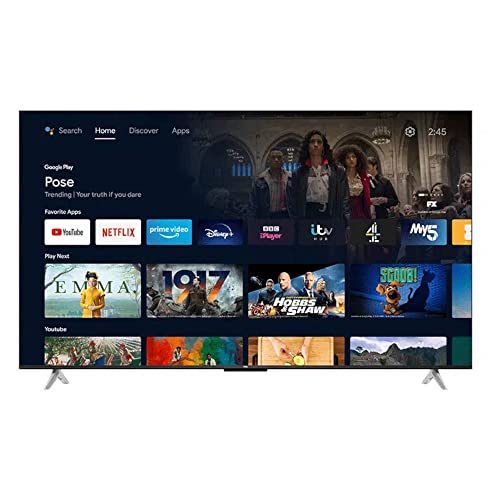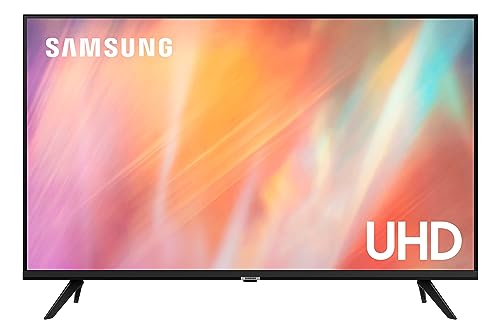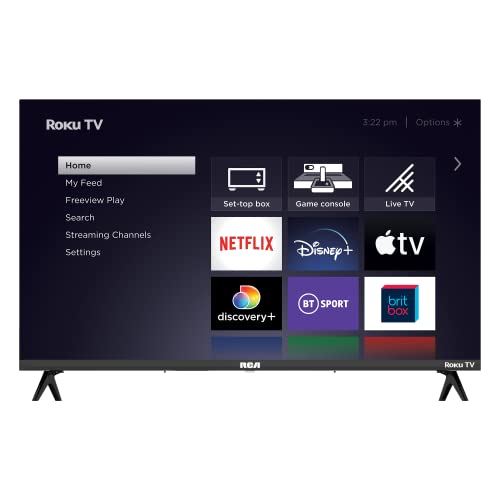There are several types of television screen qualities available on the market, each offering different features, technologies, and viewing experiences. Here are some of the most common types of television screen qualities:
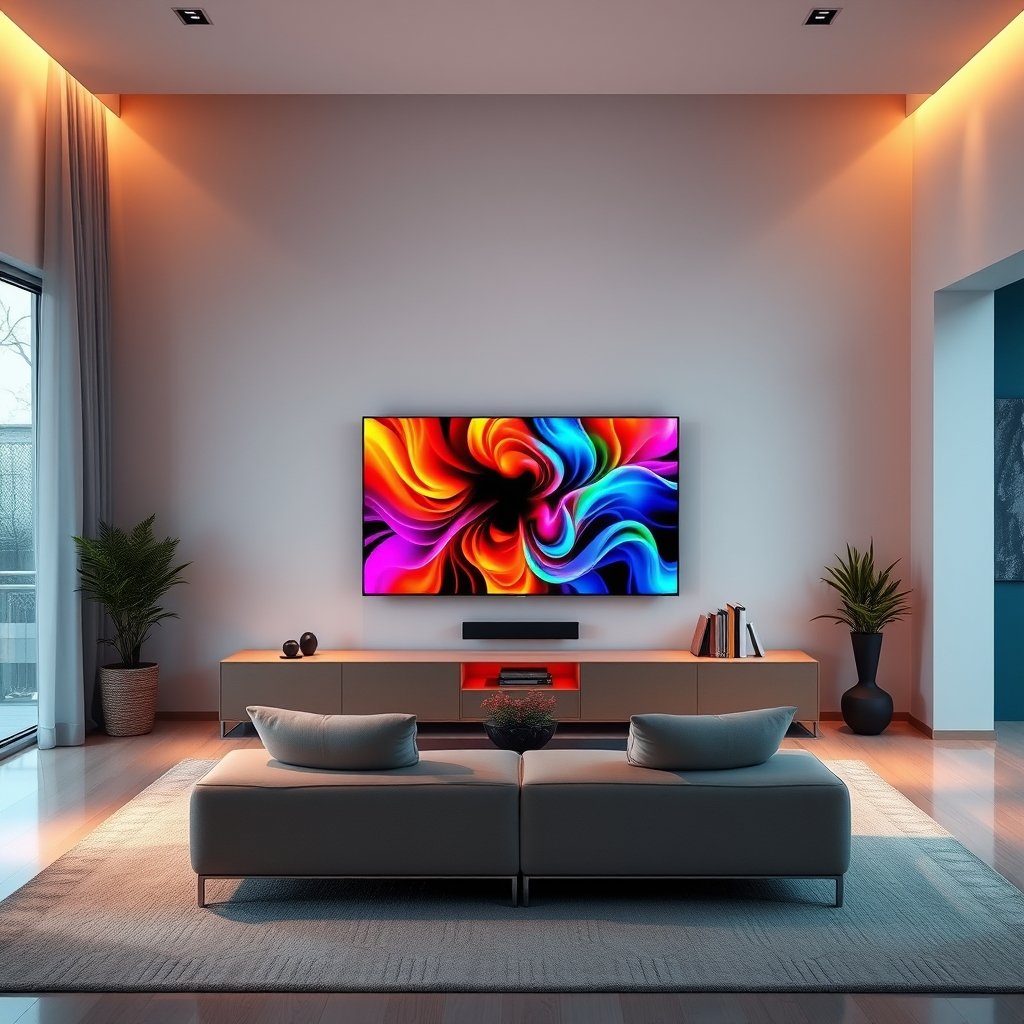
1. Standard Definition (SD):
Standard-definition TVs have a resolution of 480i or 480p, providing lower image quality compared to high-definition formats. SD TVs are becoming less common as HD and UHD technologies become more prevalent.
2. High Definition (HD):
High-definition TVs have a resolution of 720p, 1080i, or 1080p, offering improved image clarity, sharpness, and detail compared to SD TVs. HD TVs are widely used for watching broadcast television, Blu-ray discs, and streaming content.
3. Full HD (FHD):
Full HD TVs have a resolution of 1080p, providing enhanced picture quality with more pixels and sharper images than HD TVs. FHD TVs are popular for watching high-definition content and gaming.
4. Ultra High Definition (UHD) or 4K:
Ultra High Definition TVs have a resolution of 2160p, also known as 4K, offering four times the resolution of Full HD TVs. UHD TVs deliver incredibly sharp and detailed images, making them ideal for watching 4K content, gaming, and viewing large screens.
5. 8K:
8K TVs have a resolution of 4320p, providing even higher picture quality than 4K TVs with four times the pixel density. 8K TVs offer unparalleled clarity, detail, and realism, but 8K content is currently limited.
6. OLED (Organic Light-Emitting Diode):
OLED TVs use organic compounds that emit light when an electric current passes through them, resulting in vibrant colors, deep blacks, and high contrast ratios. OLED screens offer excellent picture quality, wide viewing angles, and fast response times.
7. QLED (Quantum Dot LED):
QLED TVs use quantum dots to enhance color accuracy, brightness, and contrast levels, resulting in vivid and lifelike images. QLED screens are known for their superior color reproduction and high brightness levels.
8. LED (Light-Emitting Diode):
LED TVs use LED backlighting to illuminate the display, offering energy efficiency, slim designs, and bright images. LED TVs can provide good picture quality at a more affordable price point compared to OLED and QLED TVs.
9. MicroLED:
MicroLED TVs use microscopic LEDs to create individual pixels, offering excellent brightness, contrast, and color accuracy. MicroLED technology provides superior picture quality and scalability for large displays.
Each type of television screen quality has its own advantages, features, and price points, allowing consumers to choose a TV that best suits their viewing preferences, budget, and entertainment needs.
